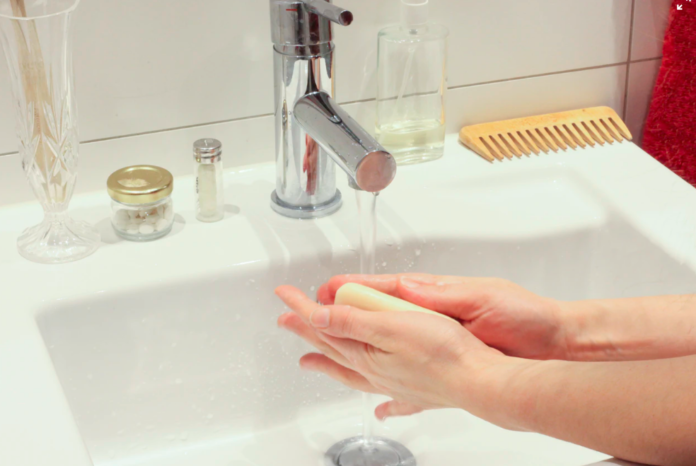Our bodies are very delicate, particularly the skin. And if the right kind of cleaner isn’t used, washing your face can actually be quite damaging. A lot of this comes down to the way in which we are taught to wash and the person’s own view on what cleanliness is. A lot of people are under the misconception that having tight skin after a good wash is a good thing. However, in order to achieve this what people, tend to do is strip away all the dirt and grime that are clogging the pores and then proceed to apply some kind of astringent to ensure there’s no dead skin left hanging around.
While this might sound like a perfectly good cleansing routine on paper in proactive it doesn’t work quite so well. Often, in procedures such as the above, the skin becomes itchy, inflamed, and dry. Is it time to revise your daily cleansing routine?
Soap – How it Works
Soap has been in use for a very long time (thankfully). And while the composition and ingredients of soap may have changed over the years, their purpose has remained the same – to remove dirt, oil, and sweat sebum from the skin. Nowadays, this is mostly done through the use of chemical agents called surfactants. These agents work by surrounding the dirt and oil and dissolving them. They also help to exfoliate the skin by removing any dead skin cells found on the surface.
While the aim of these surfactants is to leave the skin feeling clean and revived, that doesn’t always happen. Some of these surfactants have an adverse effect on the skin causing itchiness, inflammation, and dryness. On top of that, they also undermine the skin’s natural barrier abilities. When this happens, unhealthy toxins and bacteria seep deeper into the skin, where they have the potential to cause more long-term damage.
Soap and its Affects on the Skin
The outermost layer of the skin (called the stratum corneum) consists of layers upon layers of dead protein cells (keratinocytes) that are shed constantly. When these keratinocytes reach the surface of the skin the cell loses both its nucleus and cytoplasm, causing it to become hard and dry. To try and overcome this, surfactants bind to them. The problem is that they over-hydrate the proteins, causing them to swell as a result.
As the swelling occurs, cleanser ingredients penetrate even further into the layers of the skin. If these ingredients seep deep enough, they could interfere with nerve ending and even the immune system itself, causing more itching and irritation. In addition to that, when the water evaporates from the skin, the dead keratinocytes become even drier. And as a result, when these surfactants are applied, the skin becomes stripped of its natural moisturizing factor (NMF).
Lipids are fat cells that are contained within the stratum corneum that help the skin retain moisture. However, surfactants squeeze their way in between these, causing the cells to become more permeable and therefore more susceptible to damage. The lipid structures themselves also become damaged in the process, causing a reduction in the fats found in the skin.
As a general rule, surfactants are split into two categories. There are those which are soap-based and those which are detergent-based (also referred to as syndets). The pH level of most soap-based cleaner is around 10, making them much more alkaline than deterrent-based ones, as these come in around 7 or less. The higher the pH, the more irritation you’re likely to see.
Skin Cleansing Tips
There are a few things you can do to ensure your skin remains healthy. The first thing you should do is throw away any traditional baes of soap you may have lying around, especially if you suffer from dry or sensitive skin all-natural cold processes soaps will repair the damage and dryness caused by some traditional soaps.
When washing your face, try and avoid using hot water and don’t soak the skin for too long. This will strip the skin’s NMF even further, causing more dryness. When you’ve finished washing, try not to rub it dry vigorously. Instead, gently pat it dry. This will help you retain more of its natural moisture and resilience.
Finally, to help keep your moisture levels risen and your skin soft, apply a little moisturizing soap or lotion when done, especially after a hot shower or a hot bath.
Photo by Jasmin Sessler

